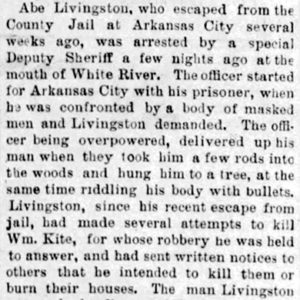 Abe Livingston Lynching Article
Abe Livingston Lynching Article
Entry Category: Civil Rights and Social Change - Starting with L
 Abe Livingston Lynching Article
Abe Livingston Lynching Article
Livingston, Abe (Lynching of)
Livingston, Frank (Lynching of)
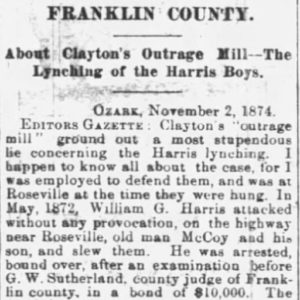 Logan County Lynching Article
Logan County Lynching Article
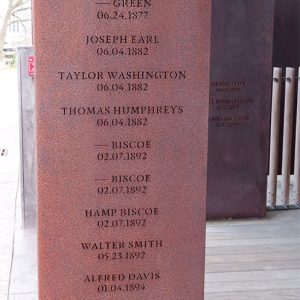 Lonoke County Lynching
Lonoke County Lynching
Lonoke County Lynching of 1910
Lonoke County Race War of 1897–1898
 Grace L. Lorch and Students
Grace L. Lorch and Students
Lorch, Grace Lonegran
Lorch, Lee
Lost Year
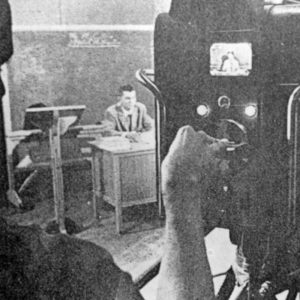 Lost Year Class
Lost Year Class
Lower Arkansas River Valley Schools, Desegregation of
Lowery, Henry (Lynching of)
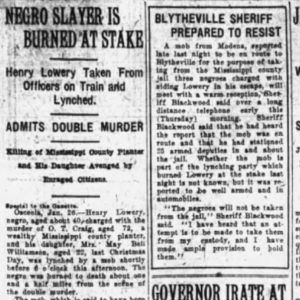 Lowery Lynching Article
Lowery Lynching Article
Loyd, Robert
Lucas, John Gray
Lucie’s Place
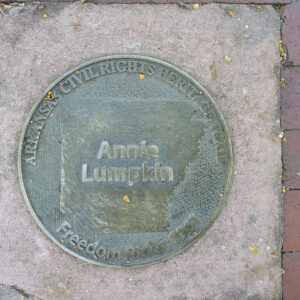 Lumpkin Marker
Lumpkin Marker
Lynching
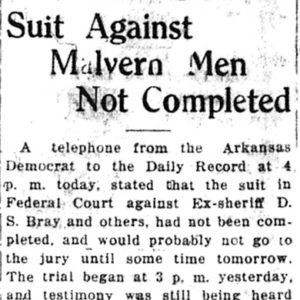 Lynching Lawsuit Article
Lynching Lawsuit Article
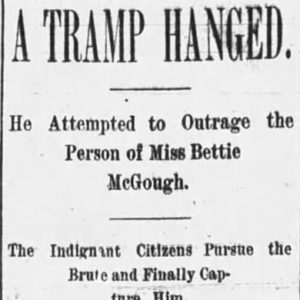 Lynching Report
Lynching Report
 Lynching Report
Lynching Report




